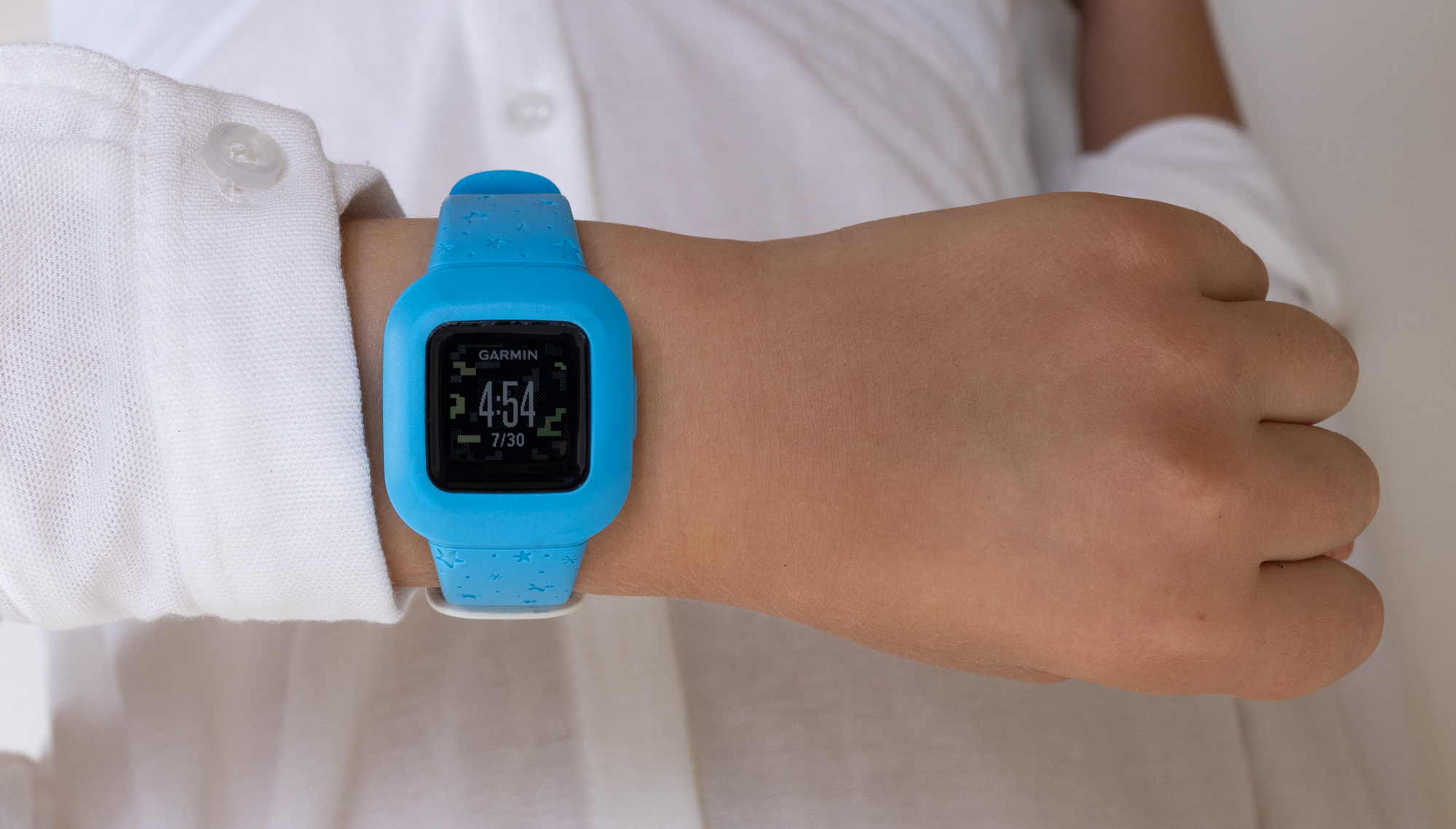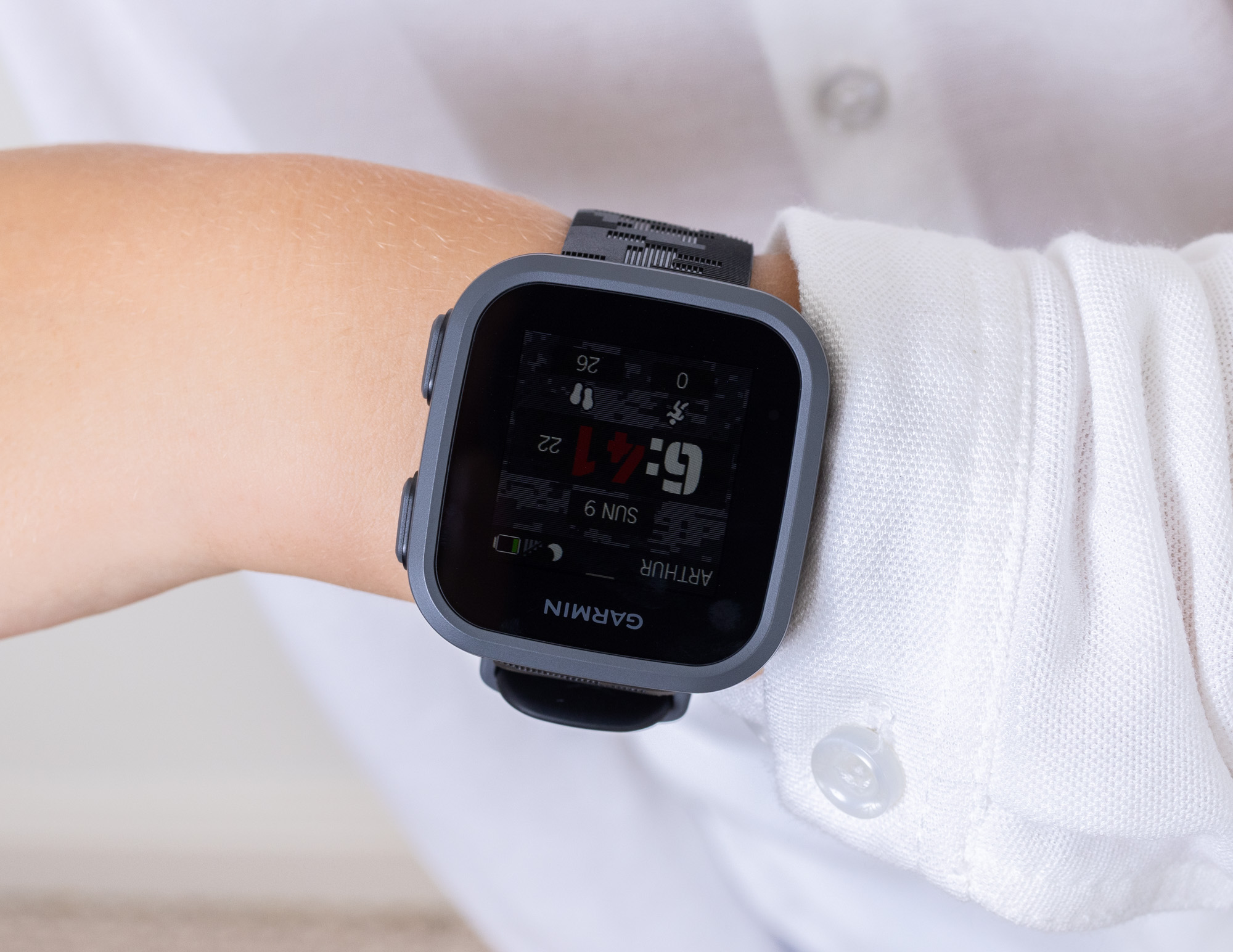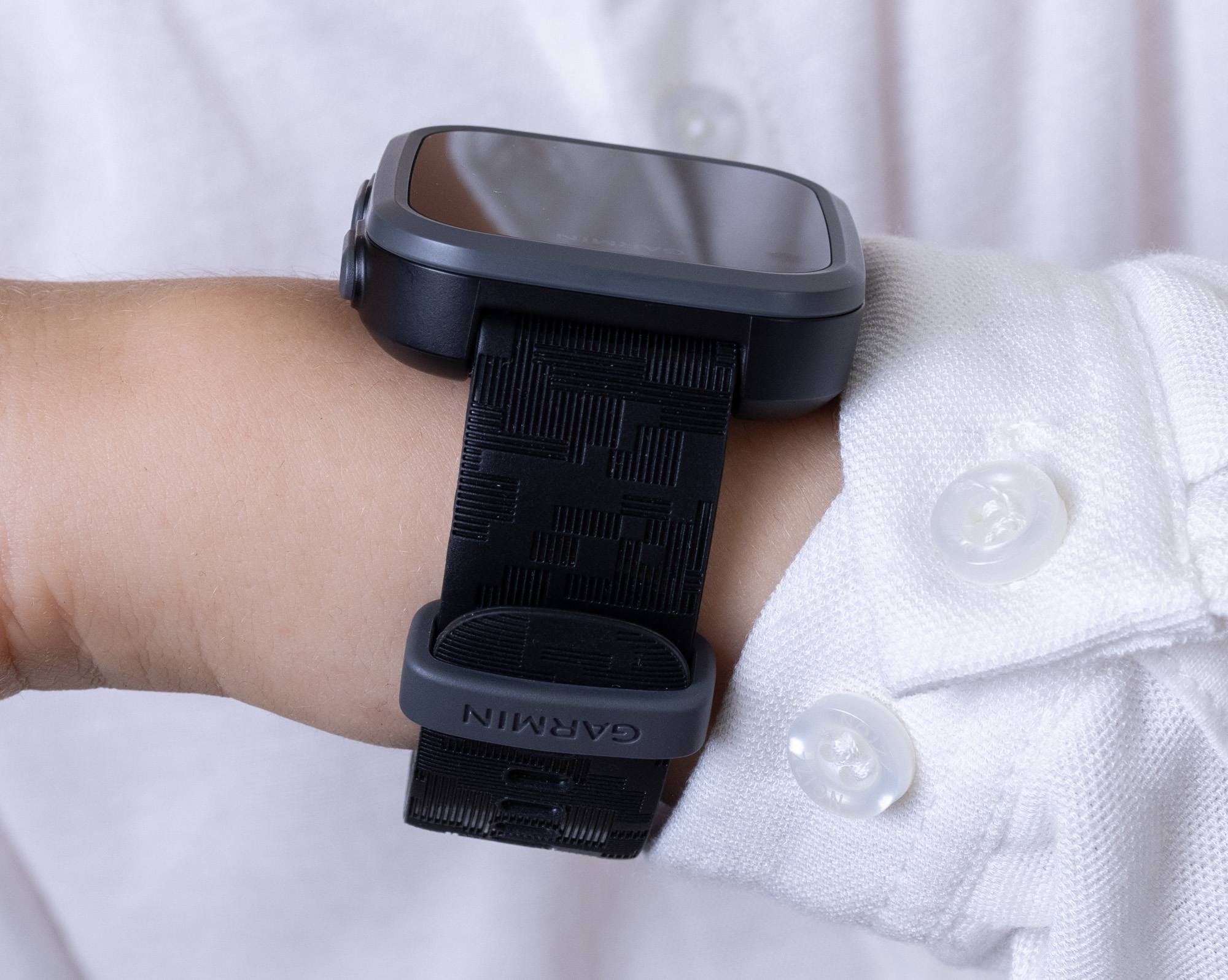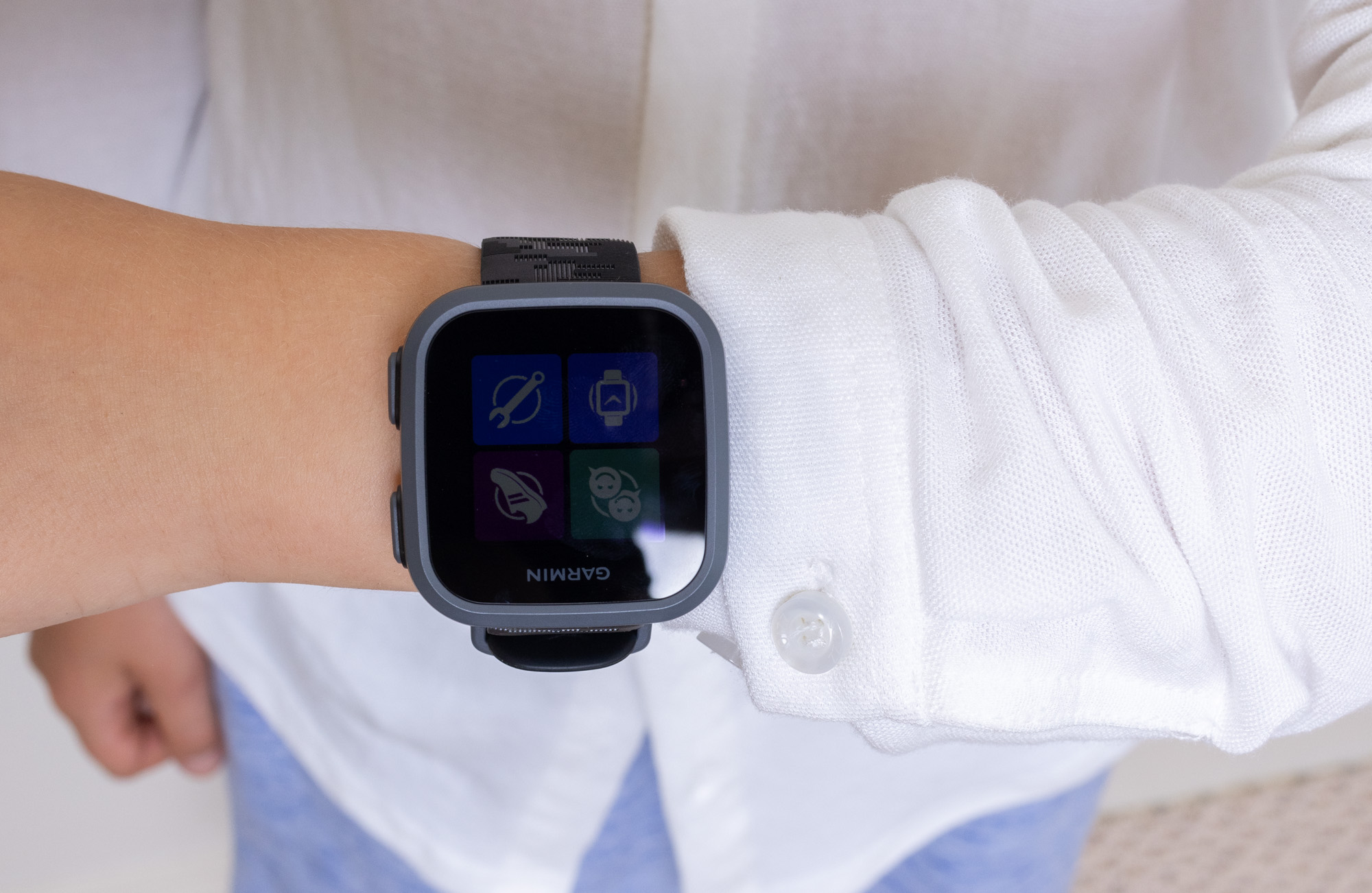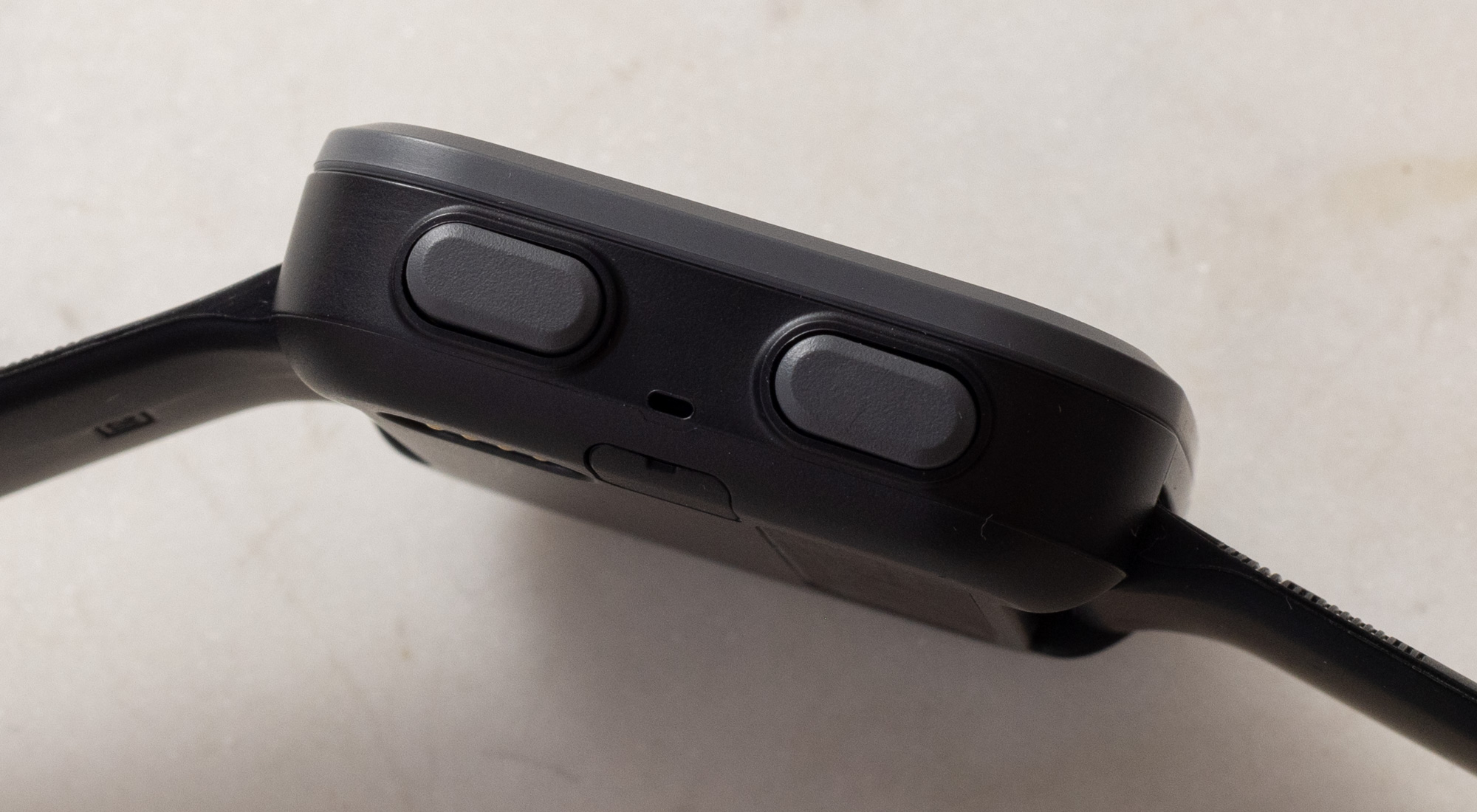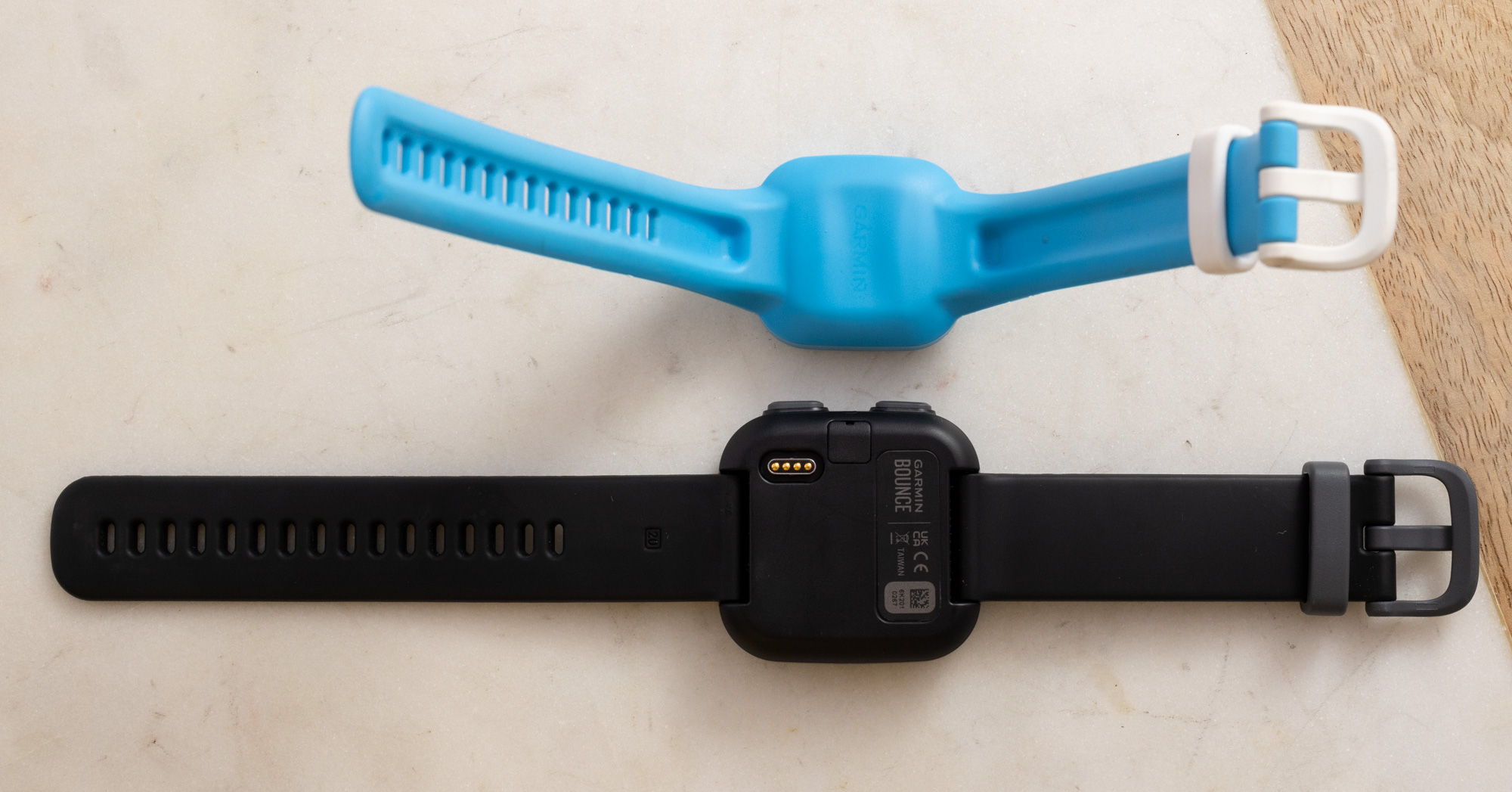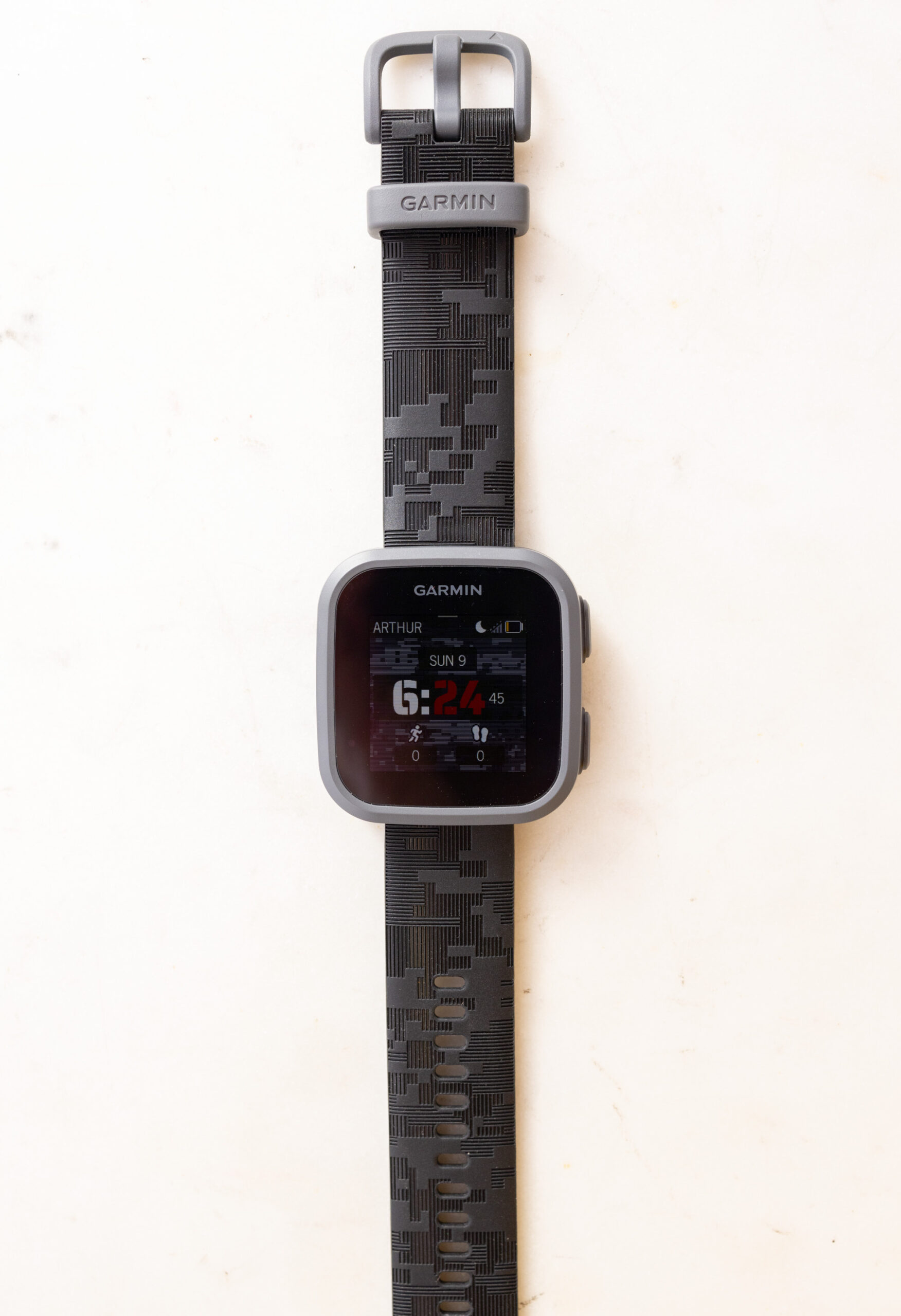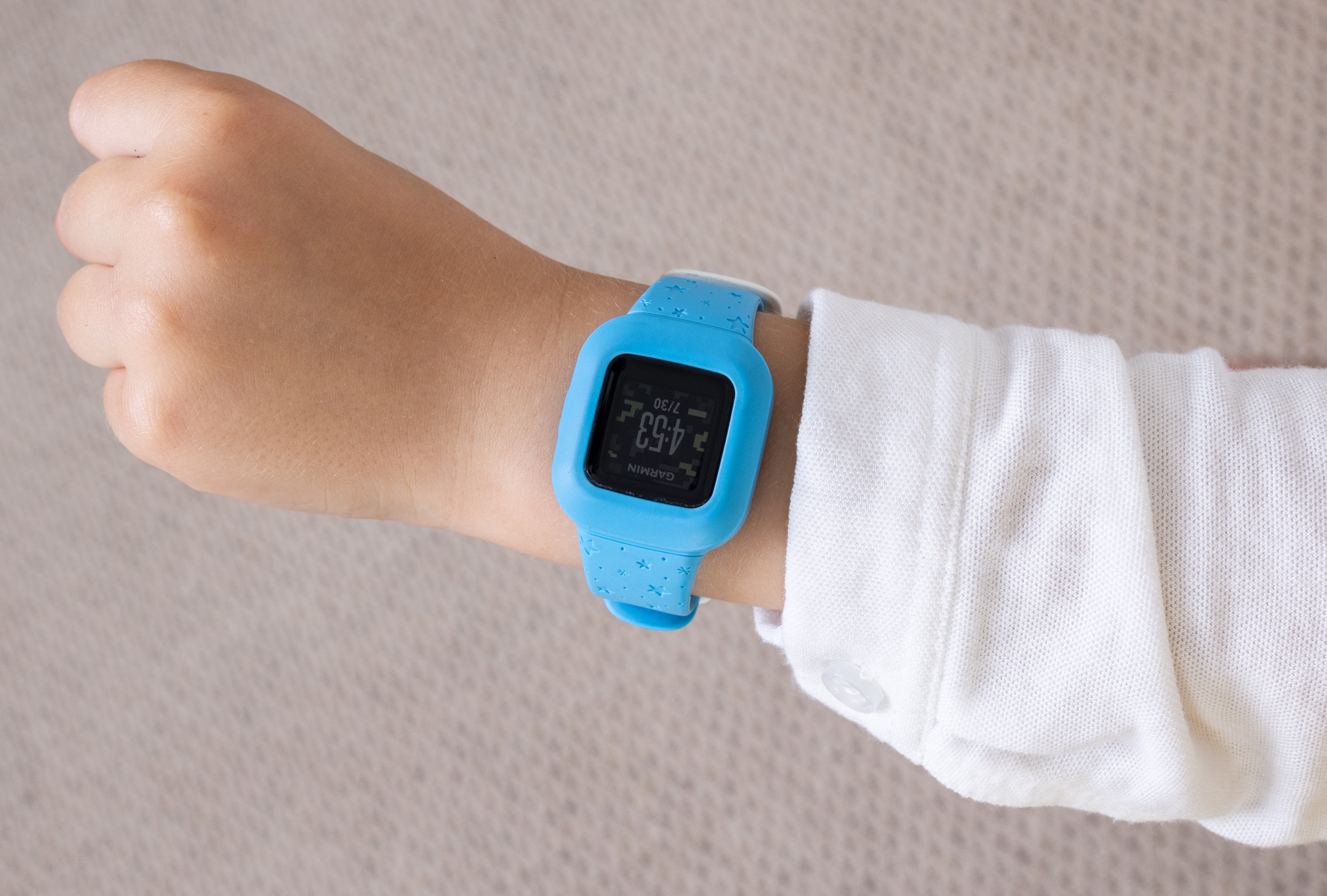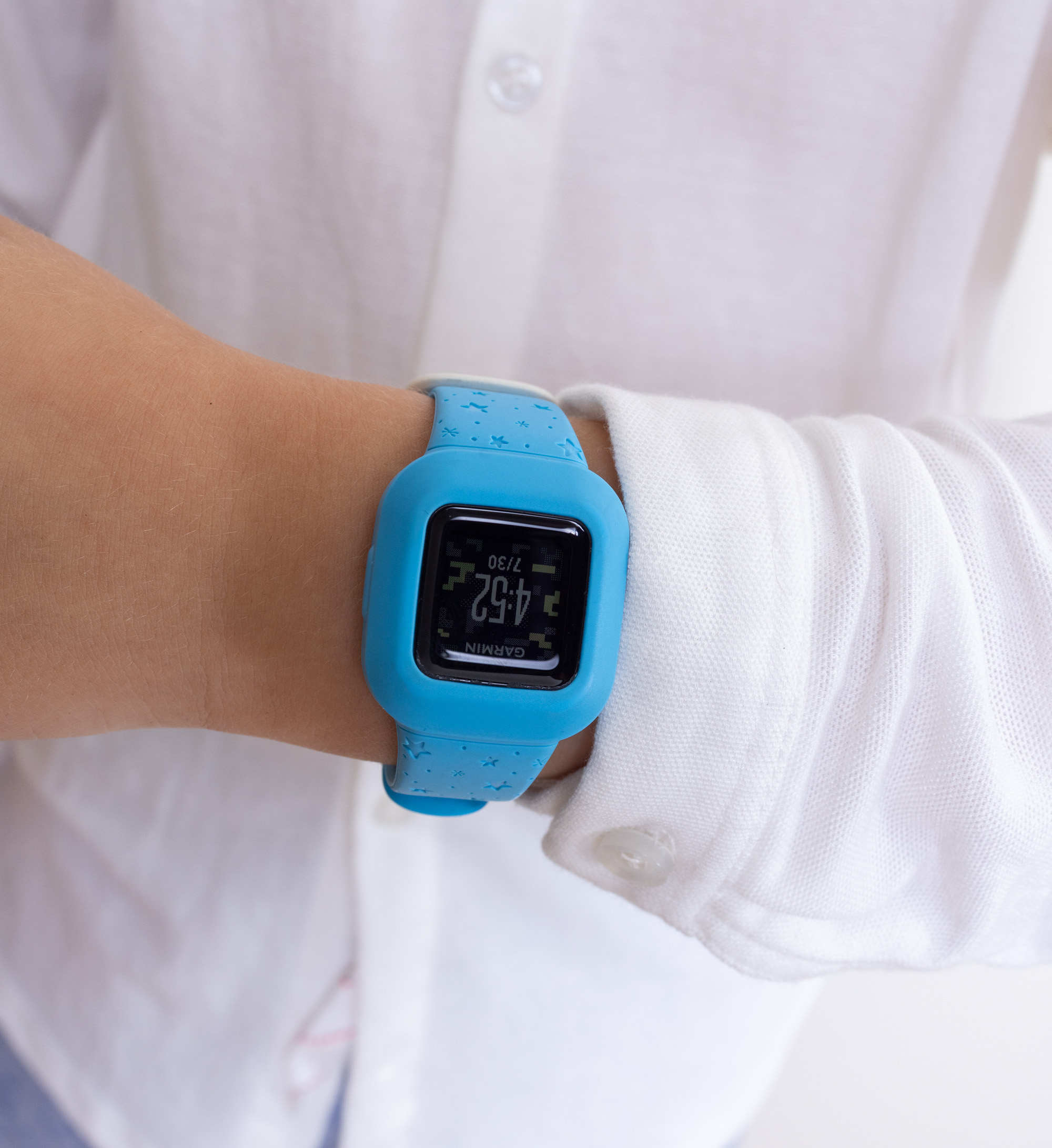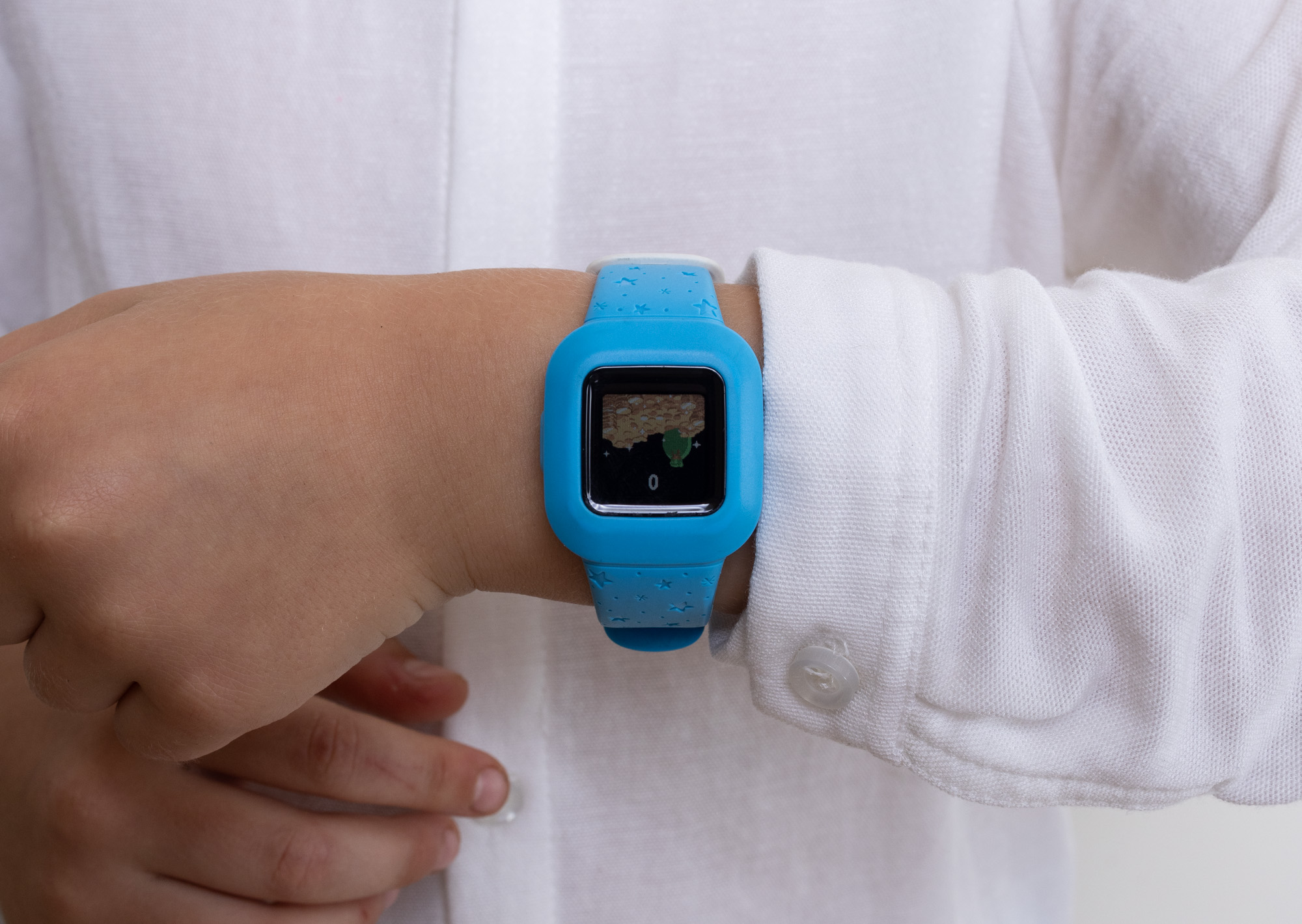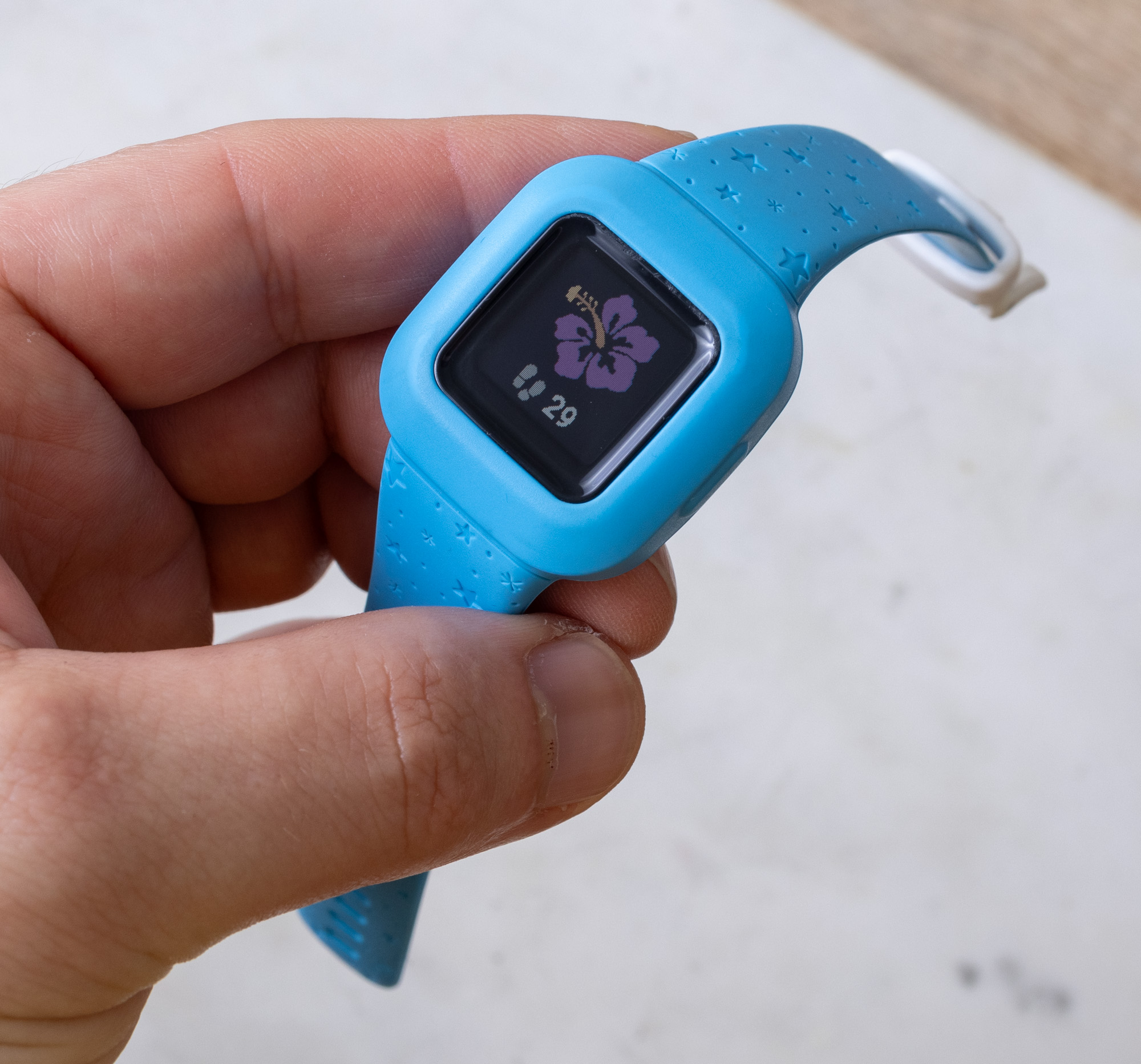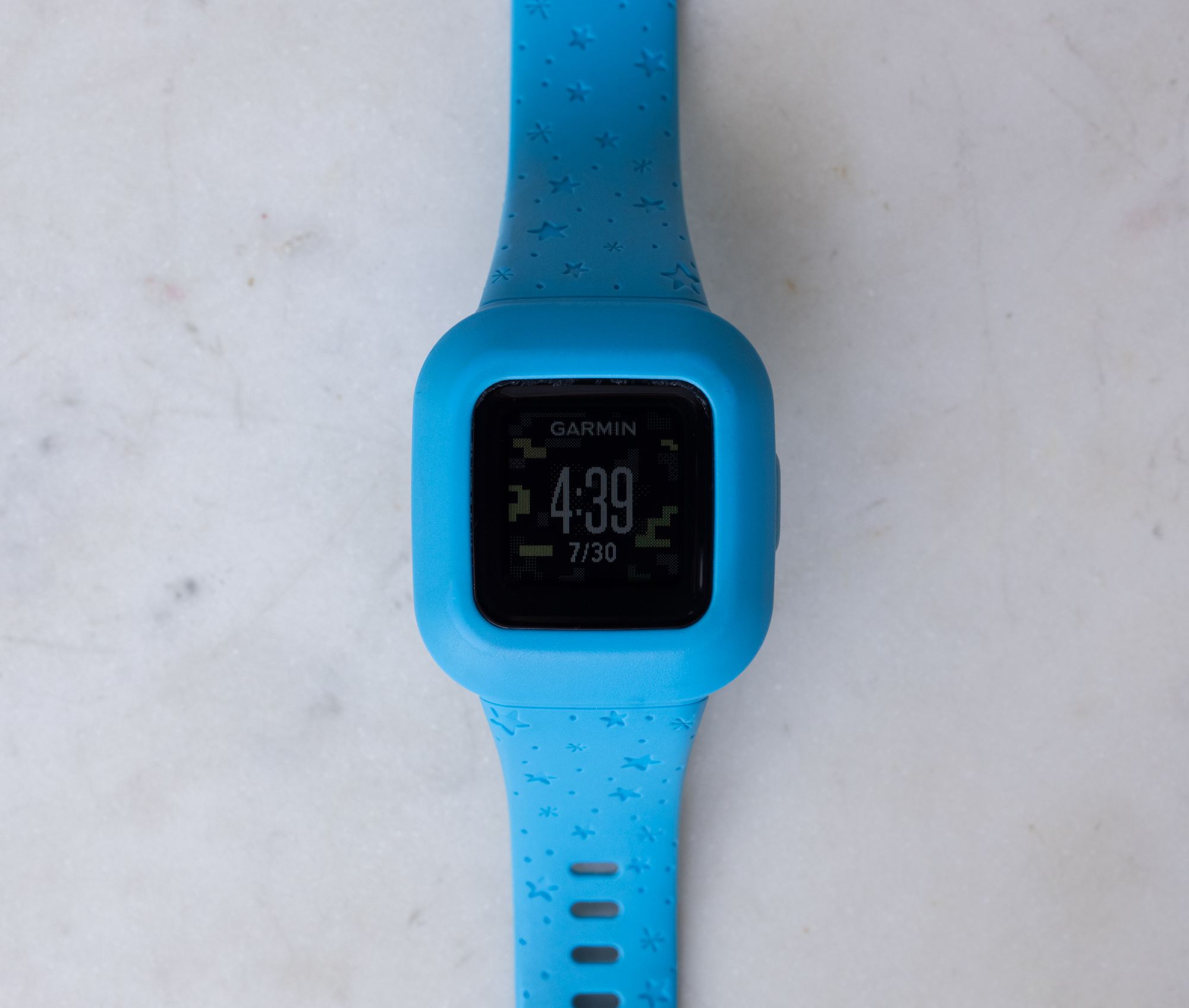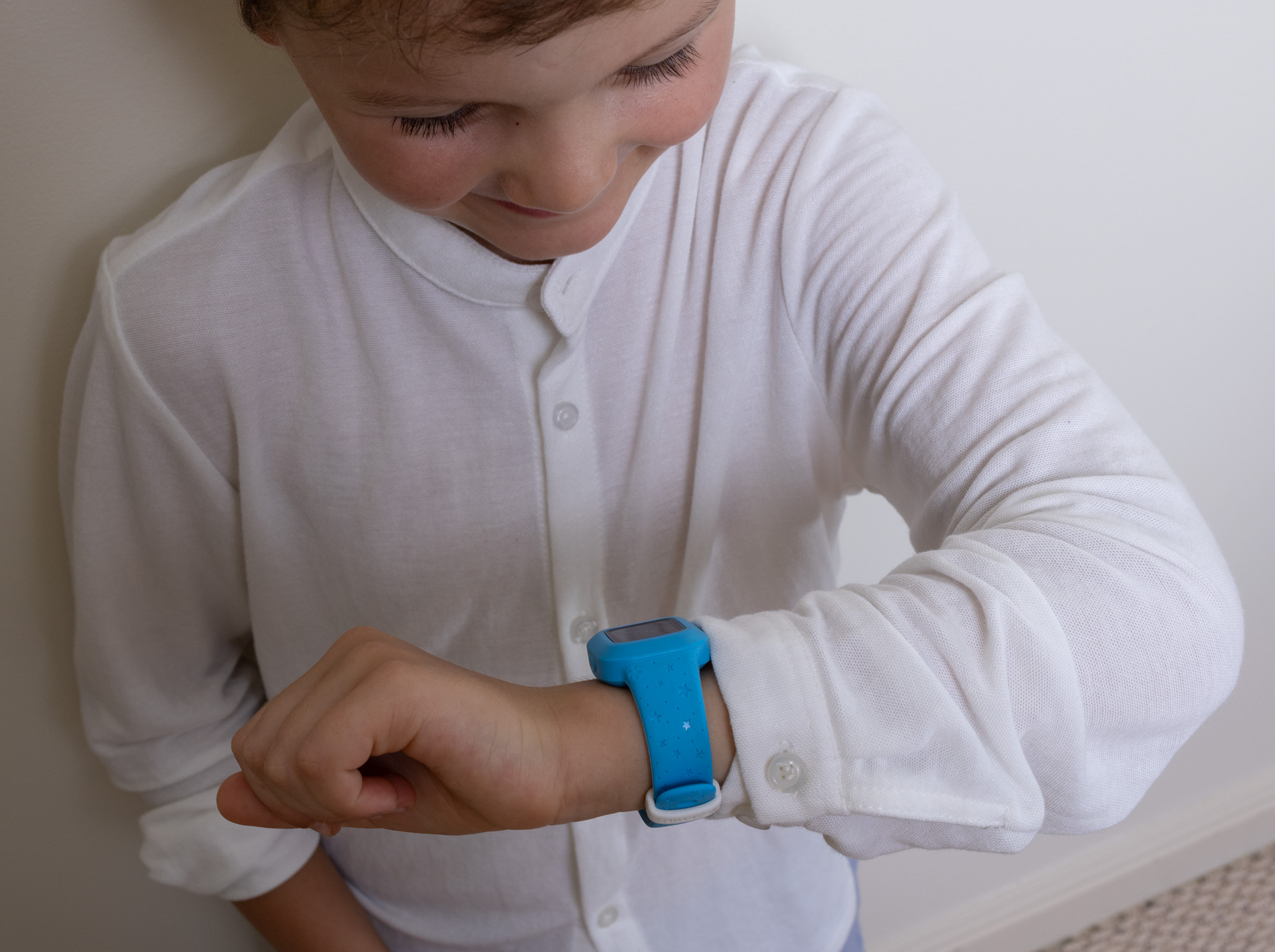
Smartwatches for kids are now a part of the larger modern connected watch ecosystem. This makes sense given the huge proliferation of smartwatch products on the market. Companies that specialize in smartwatches want to sell their wares to as many available consumer demographics as possible. Targeting children (more specifically, parents) is one such way to move more goods, and ideally to train younger customers on habits that will translate into behaviors as adults. Smartwatch makers would like nothing more than to hook kids on smartwatches when they are small, so they more naturally gravitate to adult models when they grow up. Smartwatches for kids are also interesting because they combine functionality for kids with features for supervising parents. Therefore, one vector to getting these products on wrists is for children themselves who ask. Another vector is from parents who, through fear or communication necessity, decide that a smartwatch for children is a good idea. I just listed a lot of topics related to smartwatches for kids, which I will try to discuss as best as I can in this review of the Garmin Vivofit Jr. 3 and Bounce smartwatch products for kids.
For this dual smartwatch review, I enlisted the help of my five-year-old son. I’m no longer a child myself (some people might disagree with that), so it was crucial for me to see how a child responded to these watches, how they used the features, and how as a parent I felt about it all. Another thing I want to discuss is why I am reviewing two Garmin smartwatches here. It’s simply because one of these products excels in form and the other excels in functionality. A merger of the two would make for a seriously cool kids’ smartwatch product. It’s really only a matter of time.
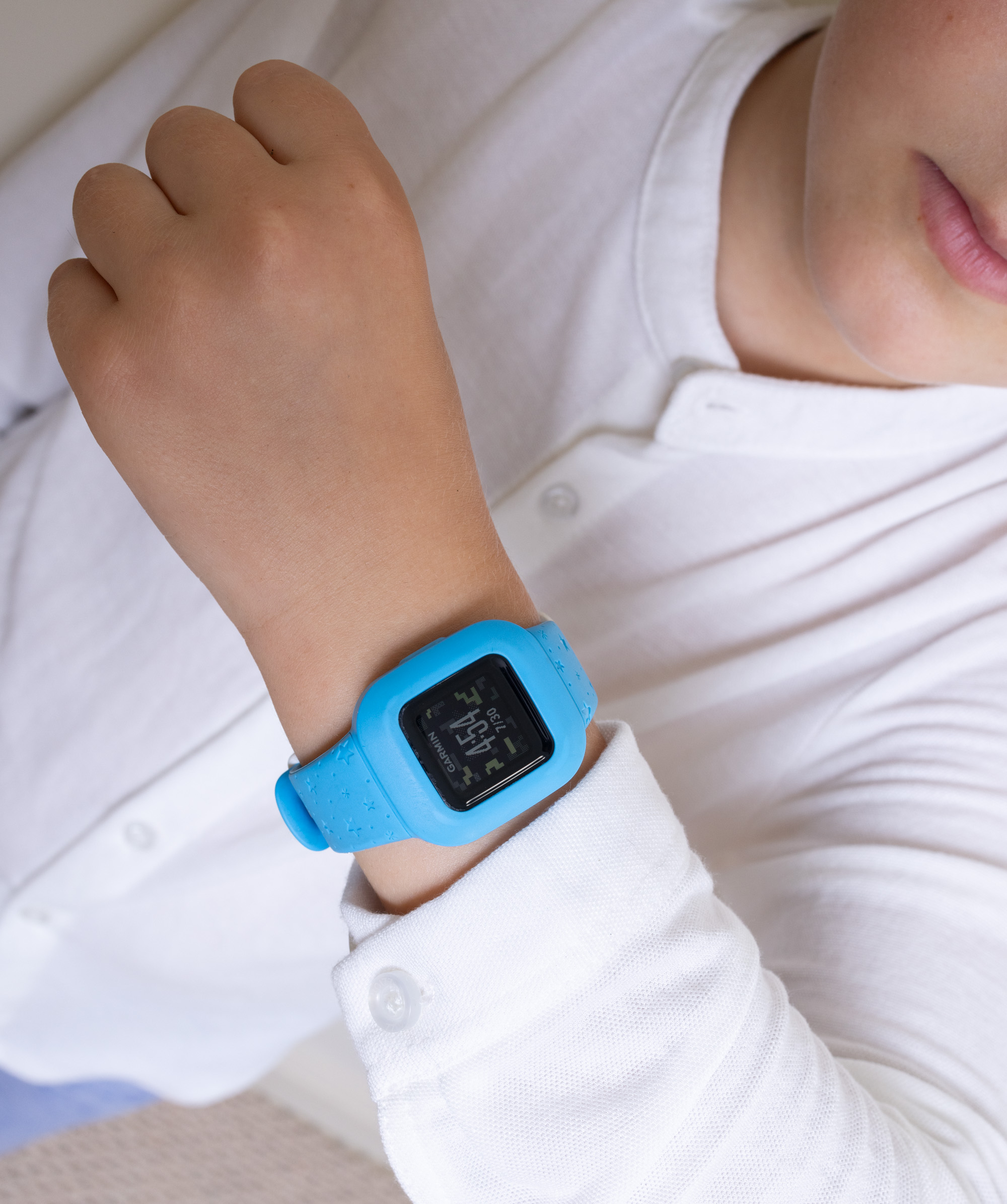
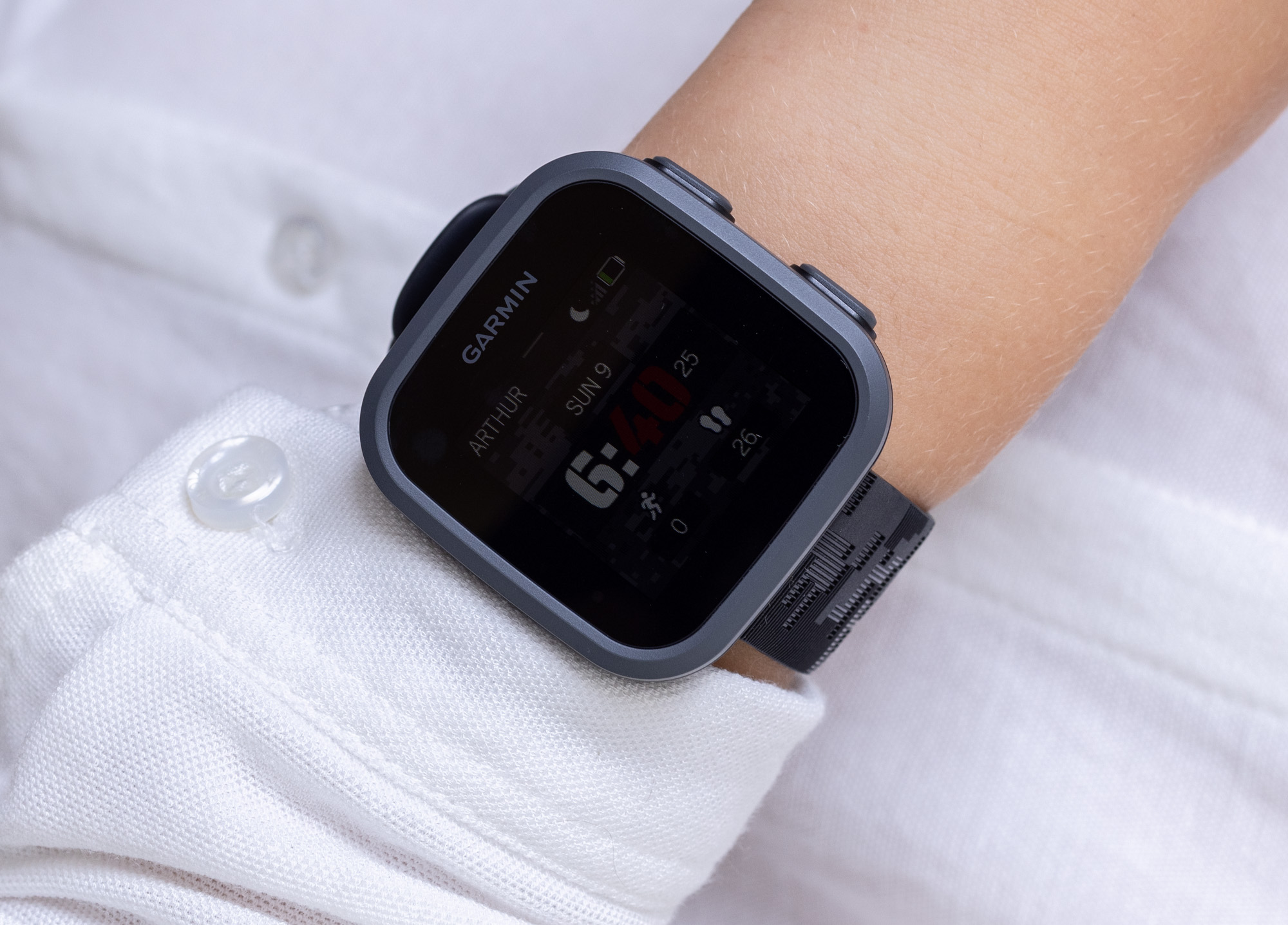
The way I went about the review is to have my son start with the less expensive, and more technically simple Garmin Vivofit Jr. 3. Once I felt he understood the features of that watch, the goal was to sort him out with the more expensive, larger, and more complicated Garmin Bounce product. The first shocker of this smartwatch review was just how excited my son got about the Garmin Vivofit Jr. 3 smartwatch itself. Let me explain why this perplexed me at first. My son has grown up around watches and has been given a decent number of analog and digital kids (or kid-sized) pieces for himself. While he took interest in them, he never really chose to wear one out of the house, nor did he take much interest in their features. So, I was surprised when he immediately got excited about it and started playing with this little smartwatch with a tiny screen and one pusher. Do you know what feature got him the most excited? The step-counter (pedometer). He just loved seeing the numbers go up as he moved around and imagined the various prizes and achievements he might earn by just keeping active. The imaginative element of the watch and the features seemed to be just as interesting as the product itself.
He also loves wearing the Garmin Vivofit Jr. 3, which, in my opinion, gets to the heart of why he really admires this product; it looks and feels like what a kid’s smartwatch should be in his mind. The Vivofit Jr. 3 is a basic product with very limited functionality, yes, but it also plays the costume role of what many kids imagine a smartwatch for them looks like. It is certainly the right size, and the somewhat simple look of the case (it has light elements of decoration in the silicone case and strap) just works for kids. It feels approachable and is exactly the type of product a child wants to interact with. It also doesn’t really require reading skills to operate, though they do help.
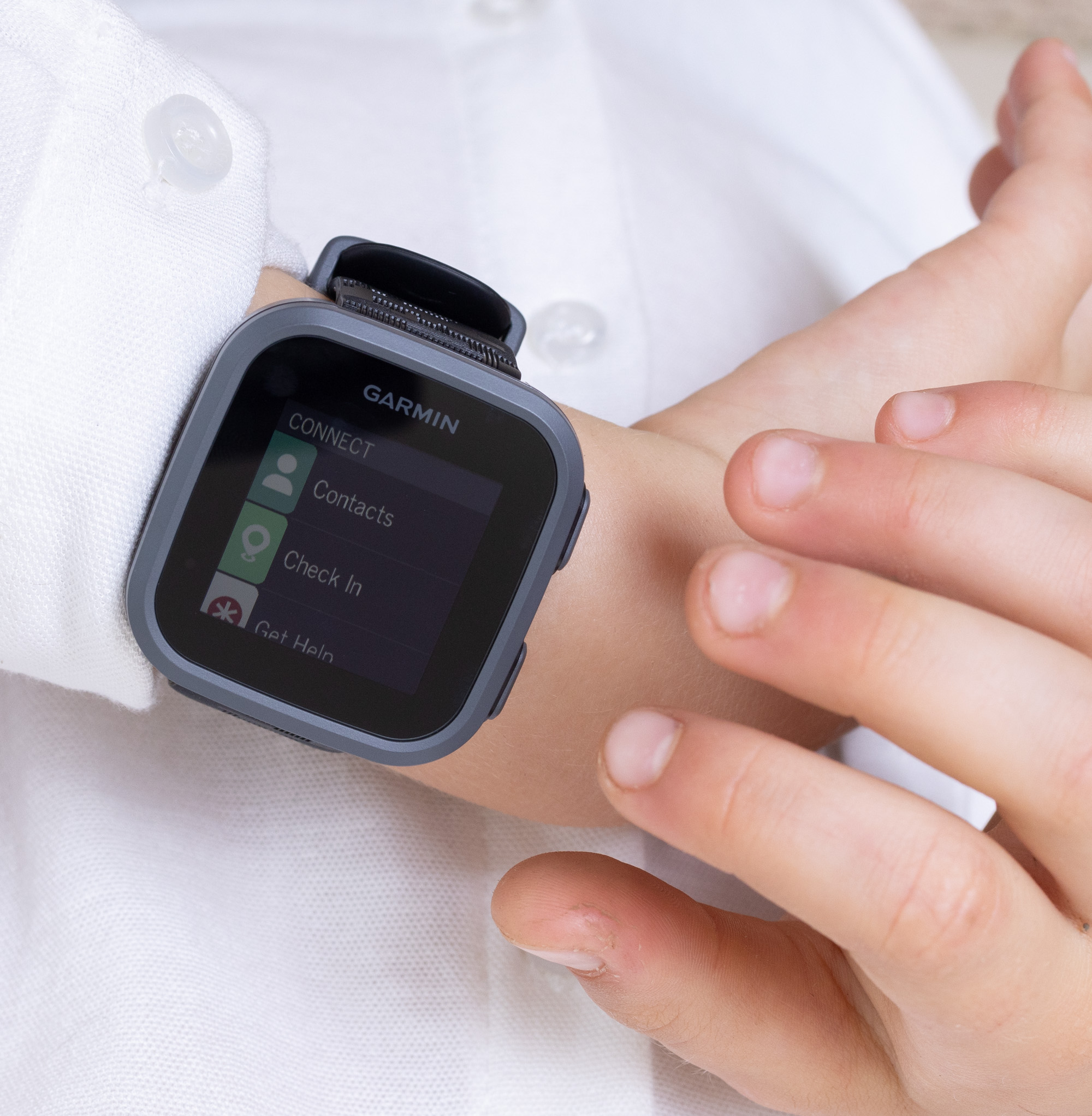
The Vivofit Jr. 3 is a sort of compromise product. It has “smart” elements, for sure, but it really isn’t the type of constantly connected product that I would consider a smartwatch. Garmin wanted to have a simple, entry-level product for kids, and the Vivofit Jr. 3 is just that. Though I think most kids will want to graduate into a more capable product once their parents are ready for it, if they want the smartwatch experience that is. Let me explain a bit more. The Vivofit Jr. 3 uses a basic colored MIP screen that does not allow for touch-input, and just one button on the case to do everything. The watch is not rechargeable but rather uses a single (common) CR2025 cell battery that Garmin claims will last a year. To “connect” the Vivofit Jr. 3 watch, you need to put it into Bluetooth pairing mode and then get it very physically close to a phone that has the Garmin Jr. application installed on it. Making that connection allows activity data from the watch to move to the Garmin Jr. app, allows updates to be made to the watch, and is generally responsible for the only connectivity in the watch.
On the outside, the Garmin Vivofit Jr. 3 is exactly what a lot of kids (and parents) want in a smartwatch. It has the look, the size, and a fair price point. That said, it has barely more functions than many non-connected digital watches, and I don’t see too many parents choosing to fiddle with the relatively time-consuming Bluetooth syncing feature, which requires them to retrieve the watch first, then take the time to connect it with their phone.
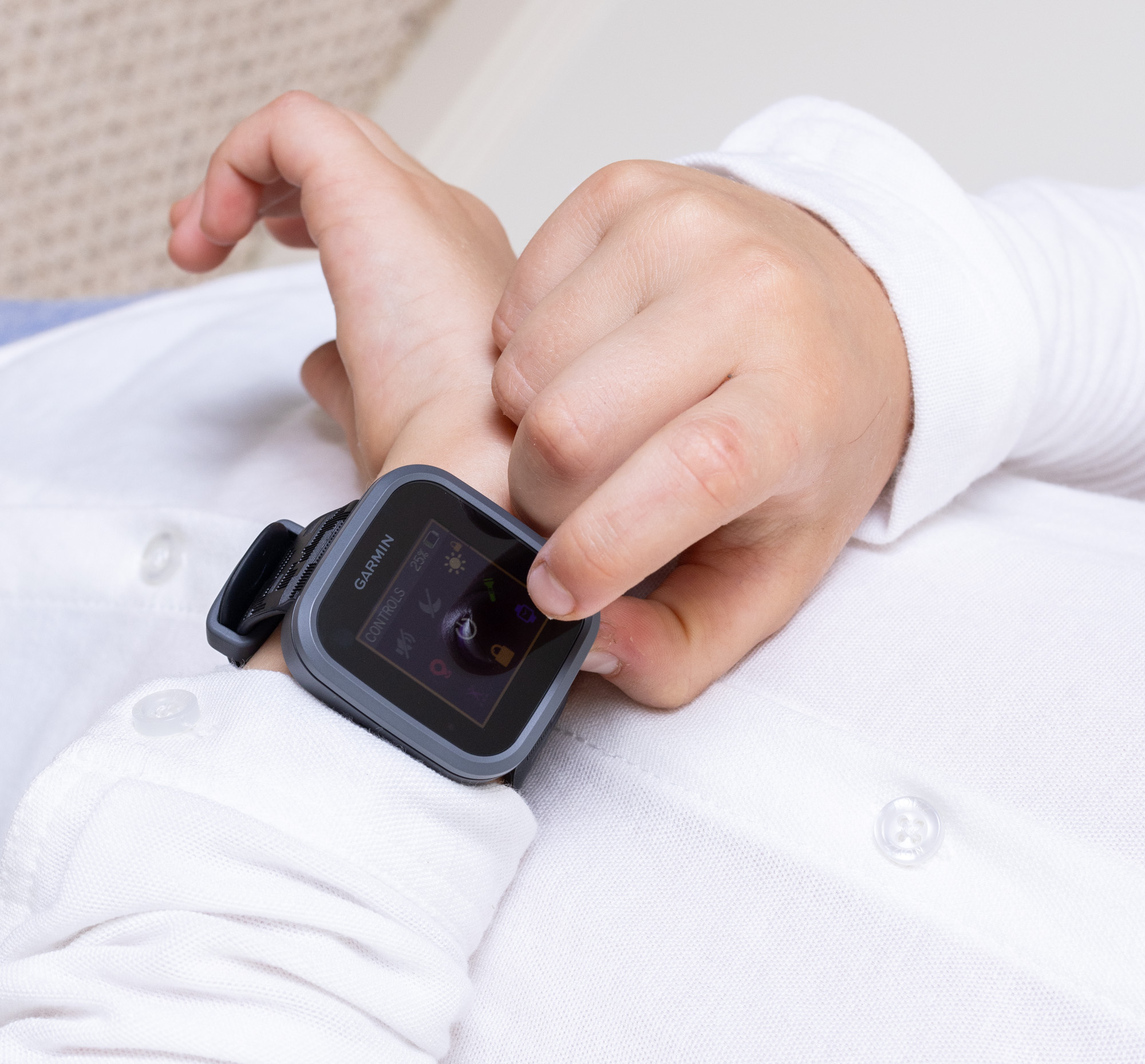
On top of that, I can’t really determine what children need the exercise tracking features of the Vivofit Jr. 3 and Bounce watch, for that matter. Maybe this is less of a functional question and more of an ethical one. On the one hand, I can understand a parent who wants to make sure their screen-addicted child receives enough non-sedentary activity time. Indeed, it is ironic to suggest less screen time with more screens, but I am building a case for a legitimate parental reason for wanting a child to cooperate with a strict activity regimen. Most kids are naturally active enough such that reminding them to be more active via a smartwatch isn’t really necessary. What is more important is giving them the motivation and time to comfortably be their natural active selves. I can’t imagine a neurotic seven-year-old who is obsessed with getting their steps or workout goals in. Perhaps I just feel bad for this theoretical child. I also feel bad for the children whose smartwatches represent some type of parenting by proxy. Rather than having a loving adult guide a child into more healthy activity, they are relying on technology to do the parenting for them. Technology doesn’t come with instructions on how to handle all of this, so it becomes an interesting moral and practical intellectual challenge for parents to consider how or how not to use much of the new kid-based technology and toy options out there.
Viewed from a more positive angle, a smartwatch with activity tracking and other features could very easily help kids develop healthy habits and active fitness awareness from a young age. It is known that most unhealthy adults develop their bad habits as children (especially bad eating and exercise habits) and simply never learn better when they grow up. Kids who grow up more generally aware of their fitness levels and who make exercise a part of their routines are probably going to be healthier adults, though, of course, this is just a theory, and to know more we will have to wait until many of today’s children are actually adults. What I am finding is that active parenting and learning these tech toys, together with children using them, is the best way to ensure proper use of these devices. Of course, I say this as my son actively uses the messaging feature in the Garmin Bounce to remind me constantly about all the items in the world he imagines are available to him if only says “Daddy, can you buy me…”
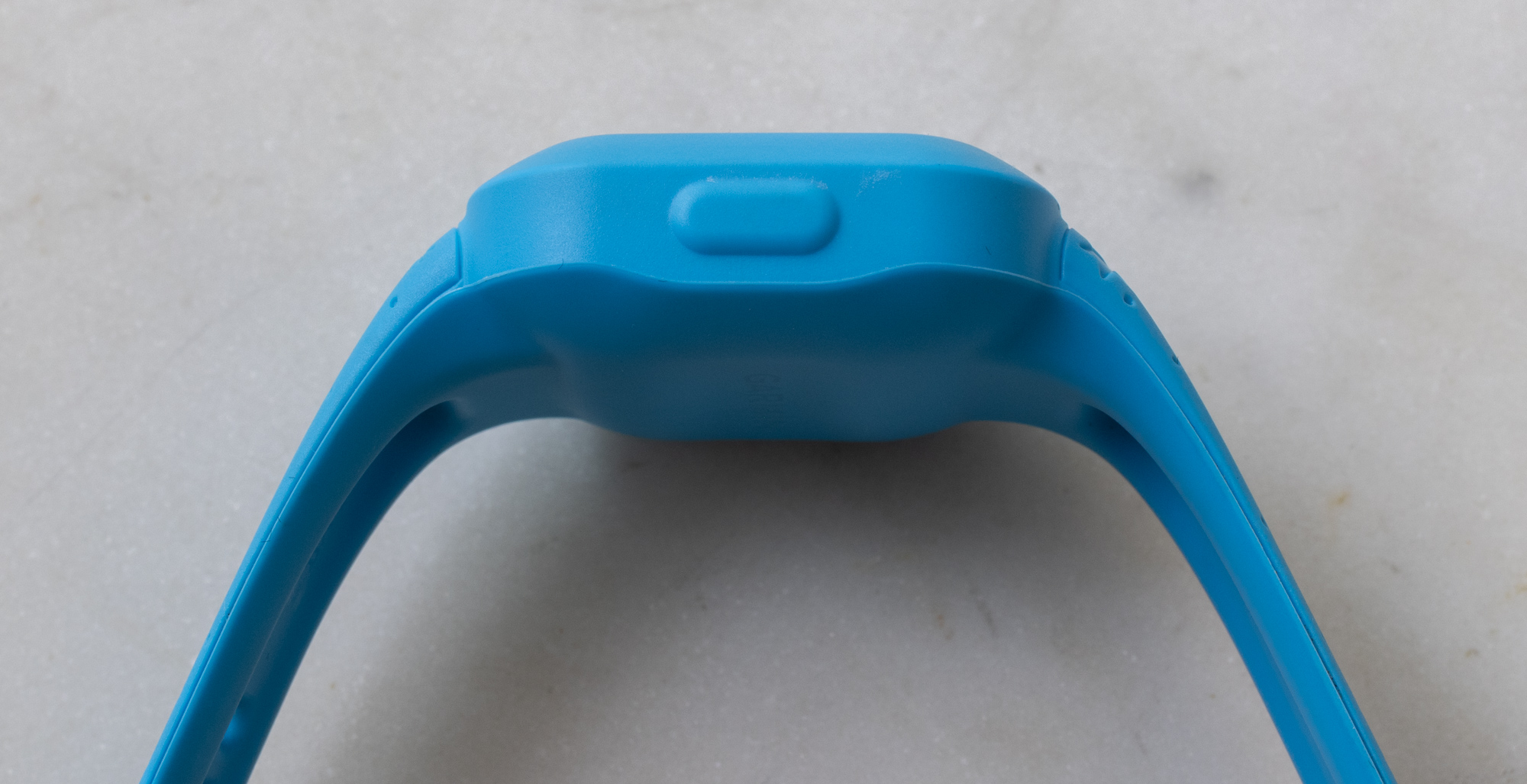
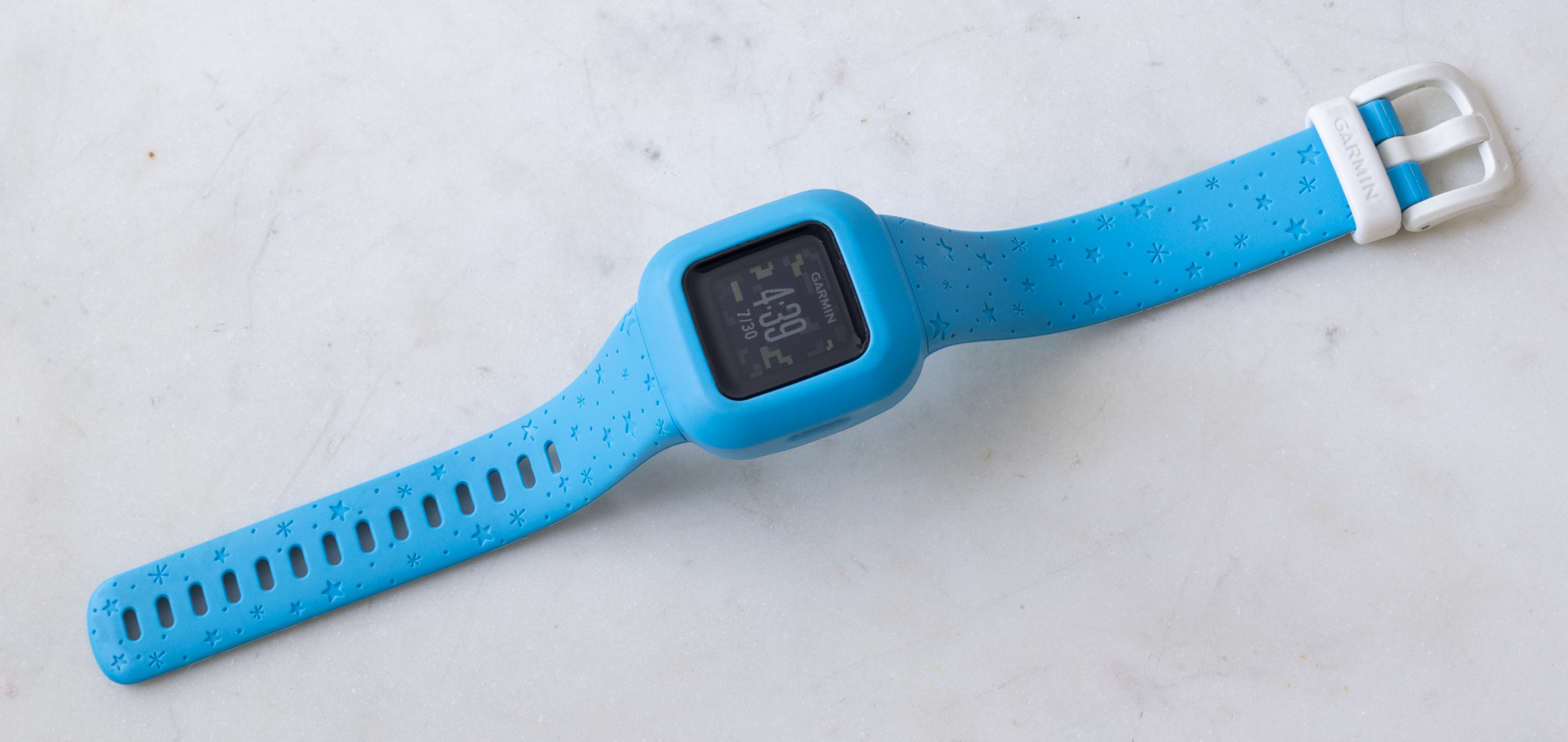
If the Garmin Vivofit Jr. 3 looks the part of a kid’s smartwatch, the Bounce acts like it. This is much closer to what you might expect from a full-featured smartwatch for kids. The downside is that it is a bit on the large side for many kids’ wrists, and it doesn’t have as fun a visual style as something like the Vivofit Jr. 3. What the Bounce does add, however, is a much more powerful (and rechargeable) hardware system, actual constant connectivity, a touch-screen, one more case button, and communication tools. What I found interesting about this product wasn’t so much what it does for the kids, and what it does for the parents. While a monthly subscription fee is required to take advantage of messaging and communication features, smartwatches like the Bounce offer a real way to communicate with your kids, and find their precise location, without getting them their own mobile phone. This is where I found the most interest in the Bounce kids smartwatch product.
I am the type of parent who wants my child to avoid having his own smartphone for as long as possible. I understand that not all parents feel that way, but I don’t think my son needs a smartphone until he is much closer to being an adult. That doesn’t, however, mean I should not be able to communicate with my son or know where he is. Technology that allows parents to speak with or find their kids via smartwatches is something that I believe is interesting to many parents. The trick is finding a system that is intuitive and reliable enough, without being too expensive or burdensome. While Garmin isn’t the only company to offer such a product, using a smartwatch as a way to keep tabs on your kids and be able to send them simple messages is an excellent idea, in my opinion, especially when that product isn’t a phone and has limited enough features to be safe for them to wear on their wrist at school, etc. I rest well knowing that my son can’t really get into any serious trouble wearing the Garmin Bounce, even though it is technically connected to the Internet.
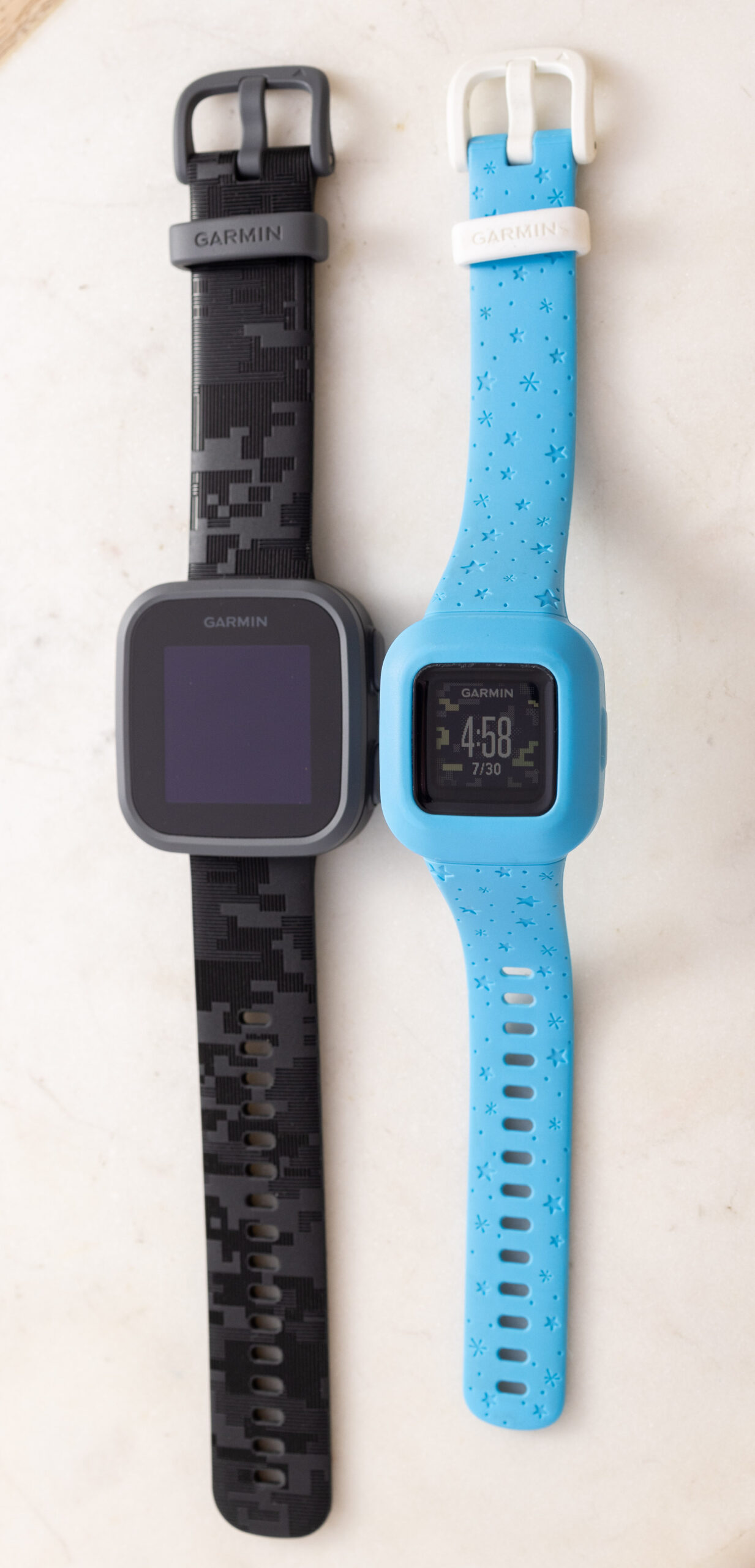
Garmin is among the few companies in the world right now to be putting so much effort into smartwatch hardware and software. When I review their adult smartwatches, what I typically find myself saying is that their software is very full-featured but complicated and very deep. For a kids’ smartwatch experience, Garmin needed to simplify their core software experience, while also making it as accessible as possible. How good a job has its software team done so far? A pretty good job, but there is a lot of room for improvement. This will come over time as Garmin makes the software for its child-focused smartwatches better looking, more feature-rich, and snappier to use (I find that children are less patient with slow operating systems than adults tend to be). I am not sure most kids would be able to intuit how to use the software without some adult help. The software is quite simple by Garmin standards, but the more expensive Apple products still beat everyone else when it comes to approachable software interfaces.
Aside from the weather data feature, the only connectivity feature of the Bounce watch I tested out with my son was the messaging feature and the live location feature, which allows me to find or track him. What I wanted to learn was how well an early reader would do with a system that is really dedicated to typing. Garmin addresses early readers and writers by having a system that uses a lot of graphical features, though I would say that an ability to read is probably necessary to fully understand and use the features available on the Garmin Bounce.
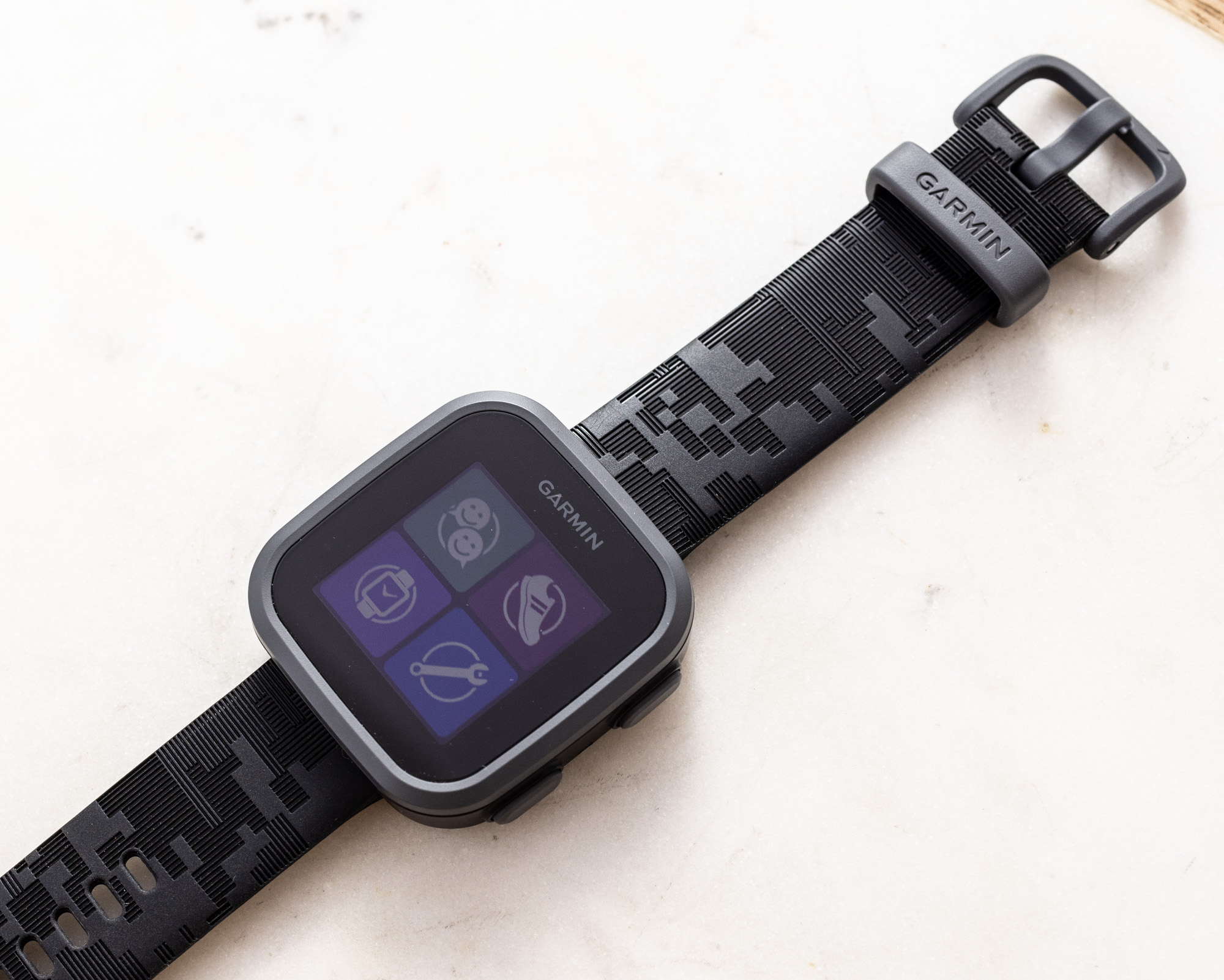
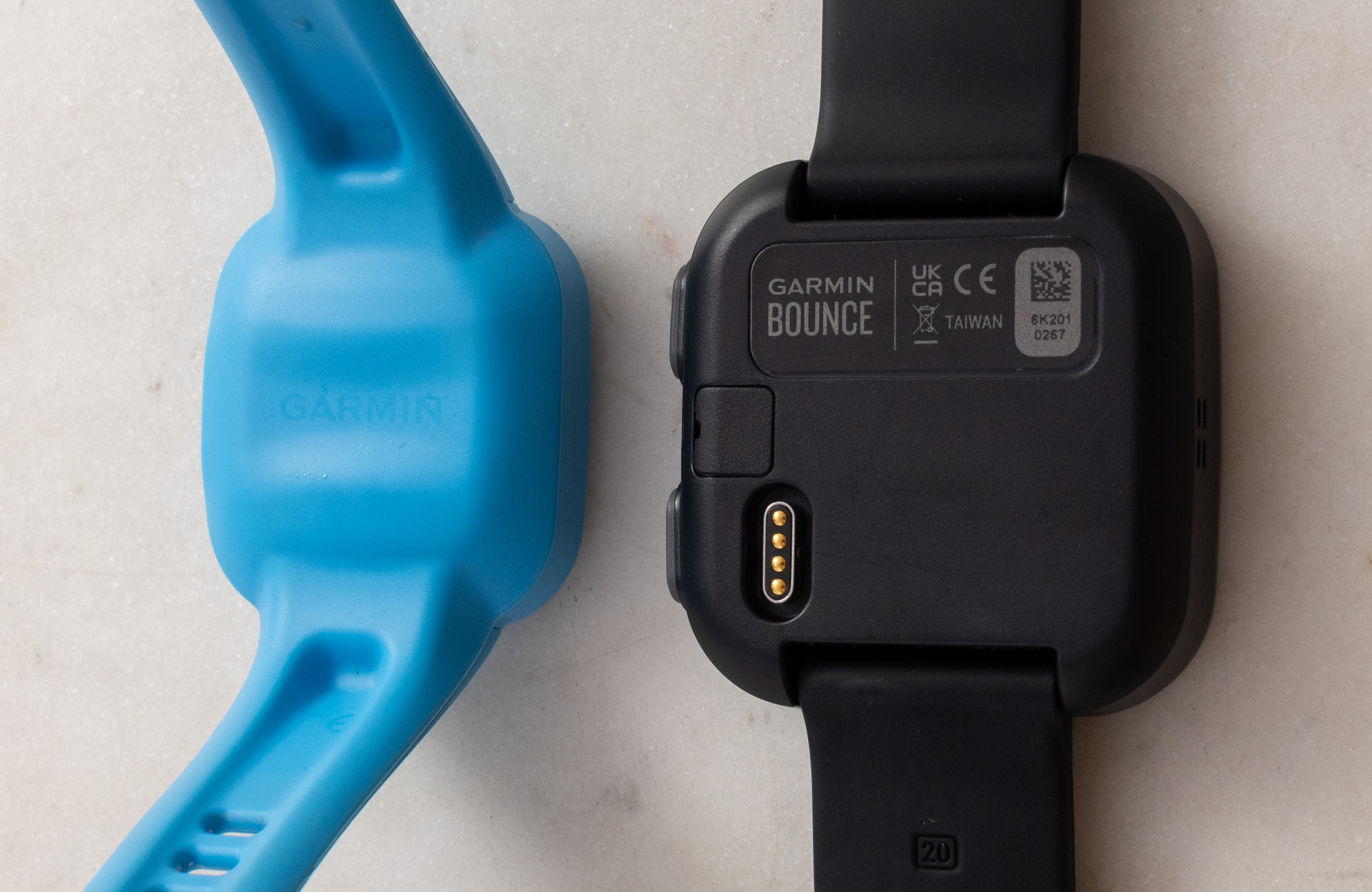
Once you set up the Garmin Bounce with an LTE subscription (about $10 per month), you need to download the Garmin Jr. application. This app can be used by kids, as well, but is also designed for parents. Inside the app is the messaging tool that allows for conversations among entire connected families, or simply between two people. Garmin basically built a simple chat messaging feature that most people will be familiar with, though I did find that messages would not always send (often you can simply “retry”), and the software itself was laggier than most of the messaging software tools people are accustomed to. I also found that there could be a lag between the time when you send a message and the time when the receiving party gets it. This is made worse by larger data files, which is an issue with the Bounce since much of the time users are going to want to exchange voice memos with one another. One of the biggest features arguably missing is live voice calling. It is possible that for security or legal reasons, Garmin decided to leave this feature out. With that said, even though you can send voice messages back and forth with your children – no doubt some parents will expect a subscription-based smartwatch for kids should include a calling feature. Then again, Garmin is probably wise not to flirt with the ire of educational professionals or other adults who will find it annoying or inappropriate that children are wearing wristwatches that keep ringing.
I would say that Garmin is about 80-85% there with its messaging software. All the fundamentals are there including a system that assumes users are going to want to send messages quickly, and the kids aren’t going to type on small screens. The Bounce also has a built-in microphone and speaker that allows it to both record voice messages and play incoming ones. Garmin also designed the smartwatch-based messaging software to have three types of messages you can send. The first is the voice messages, which are a bit clunky given the size of the files but probably how most people will choose to communicate back and forth. The next way to communicate is via image or sound-enhanced emoticons (emojis). The watch has a long list of traditional emoticons and a shorter list of sound-based ones to choose from. Most of these are on the sillier or playful side, but I can see plenty of them having communicative value — though I am not clear what the intended message is when a parent receives a picture of a cat that meows unless the child is actually referring to a cat. Finally, the Garmin Jr. chat system has a pre-populated list of text responses. Note that you can certainly add responses to this list via the Garmin Jr. software. This list includes very useful responses or questions such as “Yes” or “No,” and “I am doing alright,” or “Can you come pick me up now?”
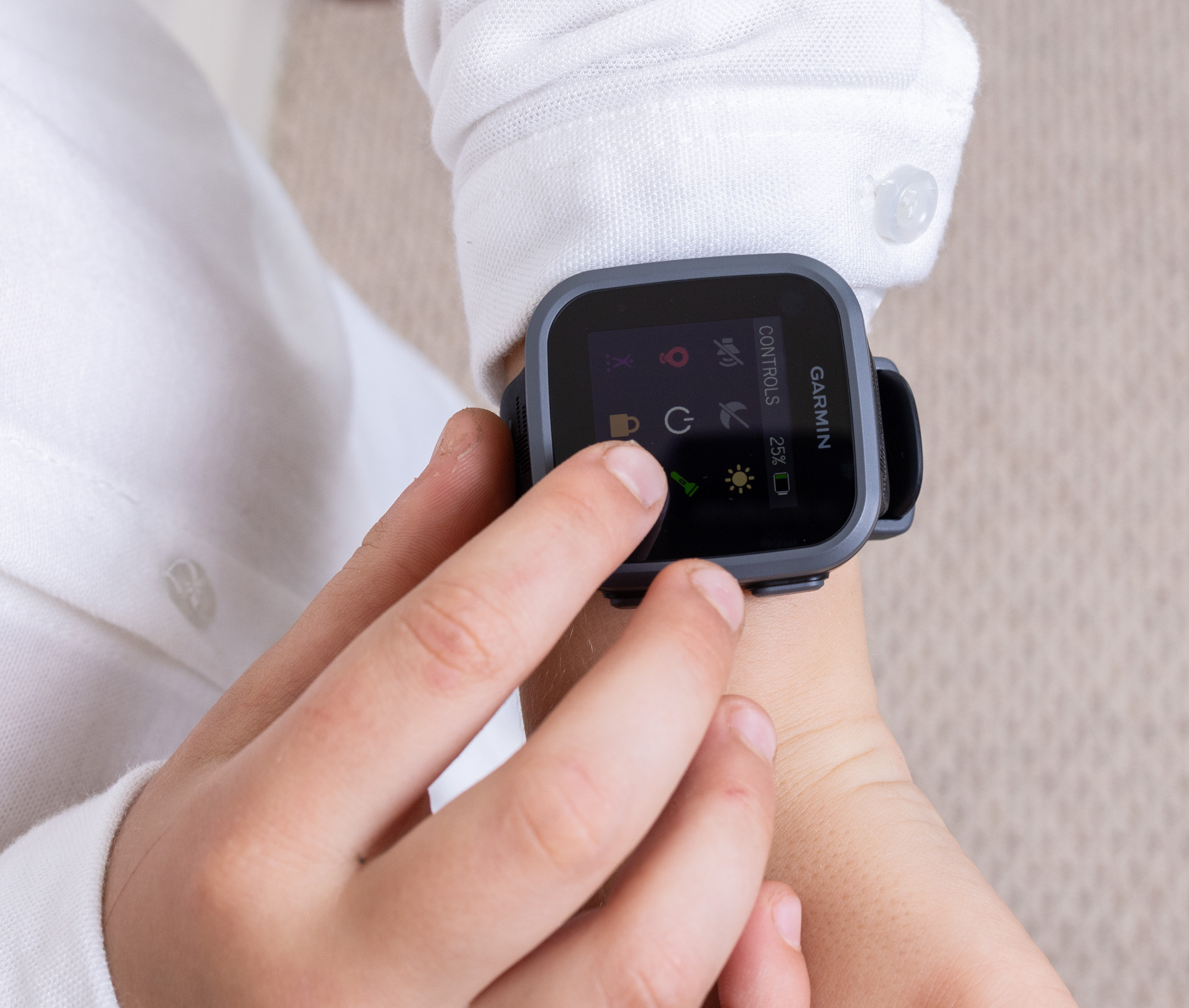

While the Garmin Vivofit Jr. 3 is more like the smartwatch kids want, the Garmin Bounce is more like the smartwatch that parents want. It provides them with the messaging, connectivity, and location tools that they want, so long as they can encourage their kids to wear them and keep them charged. Products like this are also still relatively new in the market. Issues related to software, connectivity, features, etc. are rapidly being refined and amended all the time. Even though these products need to be upgraded on a regular basis, Garmin seems to be focused on relatively modest price points, especially for the kids’ models. Even at these low price points, Garmin produces some of the most sophisticated smartwatches on the market. I would trust their smartwatches for kids above and beyond that of a smaller or startup company. While others might be able to make prettier designs or create more targeted marketing, getting a technology product like a smartwatch to operate well at a low-price point requires the heft of a large-volume generalized smartwatch manufacturer like Garmin.
The smartwatch market still has a ways to go in terms of hardware miniaturization and software refinement before smartwatches for kids become mainstream products that most children have. There are also a lot of important questions to ask about whether or not it is wise to give kids many of the same fitness and health-tracking tools as adults. More parents will agree, however, that it is useful to have a tool that tells you where your child is and helps you communicate back and forth with them, and that isn’t a phone either in terms of expense or content danger. In at least that way, the Garmin Bounce makes a strong case for itself as a specialized tool for parents and kids. Price for the Garmin Vivofit Jr. 3 is currently $89.99 USD and the price for the Garmin Bounce is $149.99 USD. Learn more at the Garmin website here.

